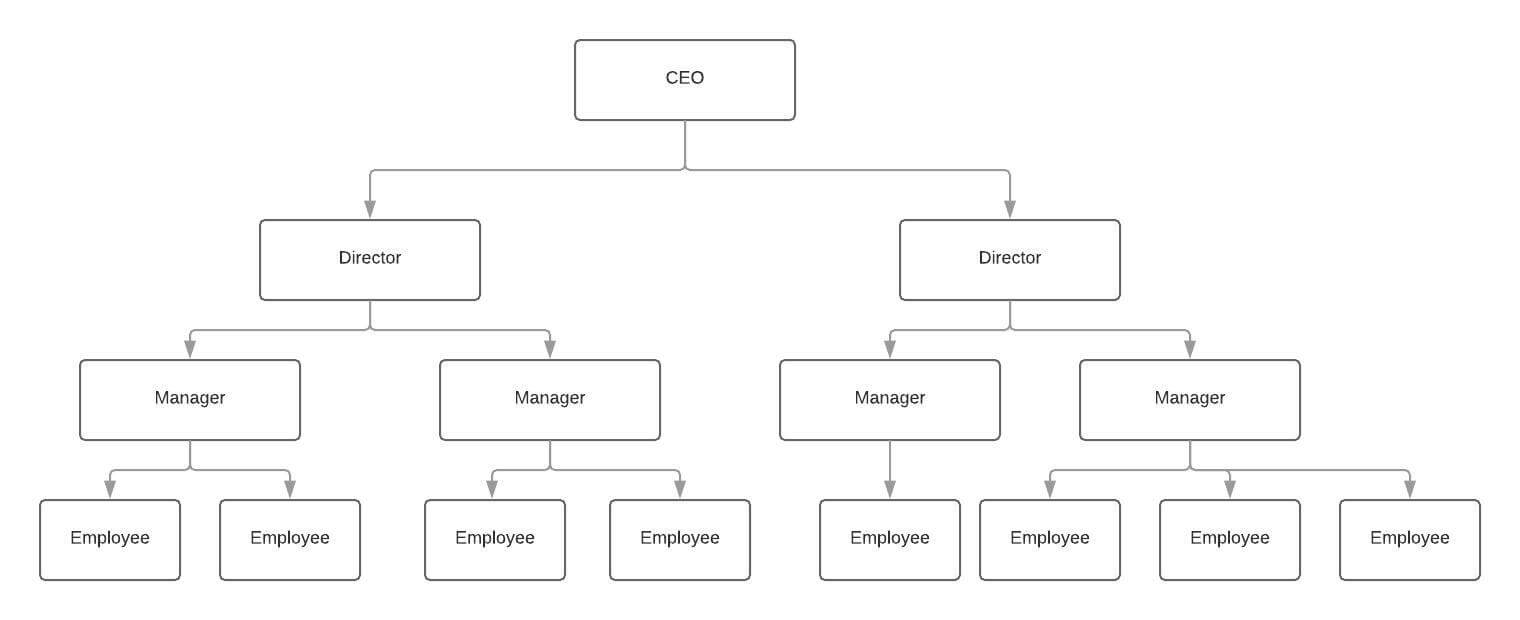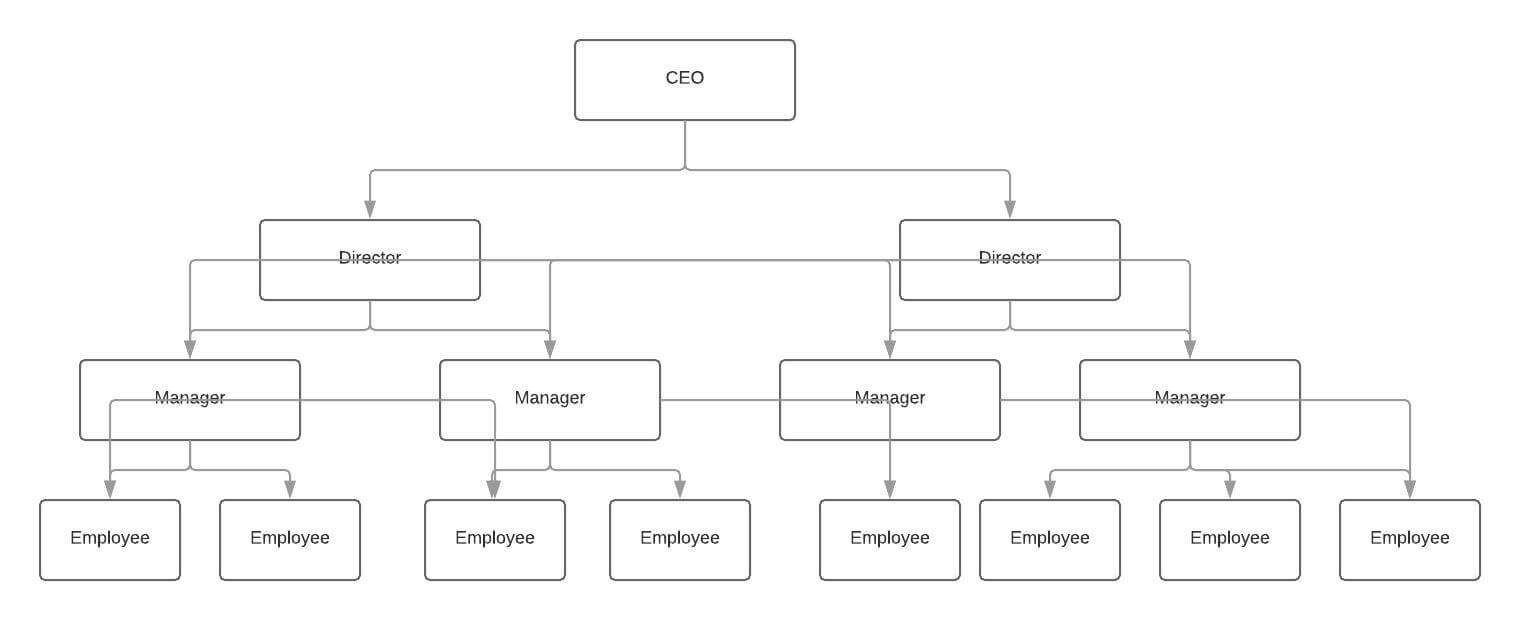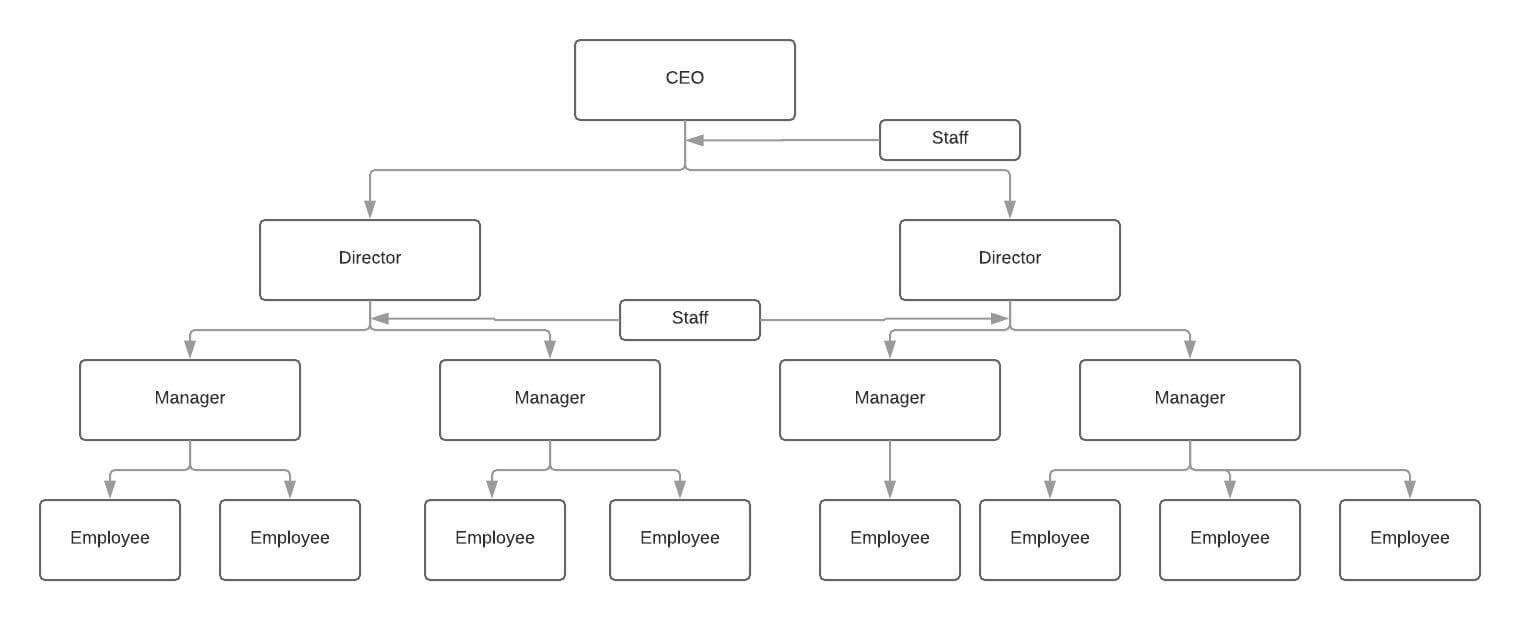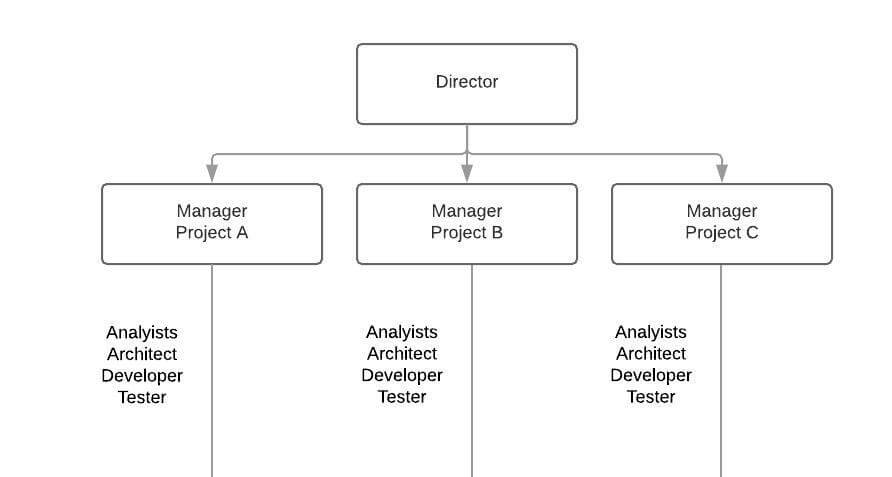Organizational Structure: do you even need to formalize it when you have a relatively small business? The answer to that question is a straightforward “Yes.” Your Organizational Structure not only captures who is responsible for what but also the reporting and communications lines that tie everything together. To give you a better idea on the “why” we’re going to go through 5 of the most popular organizational structures & explain how each works.
Bear this in mind, though. If organizational structure is not clear, there are consequences for your business. Here are some of the things that can go wrong if your organizational structure is fuzzy:
- Something isn’t going to happen because everyone thinks someone else is responsible.
- It’ll get duplicated because everyone thinks it’s part of their job.
- People are going to get mad and frustrated because they don’t know what to do or are treading on each other’s toes.
- Information fails to flow via the most efficient channel or reach the right people.
- The business can’t do a single thing without referring to top management who then slowly go crazy because of the workload.
If you’re nodding your head because some of these things are already happening in your business, you’re nearly ready to begin working on your formal structure. Use these organizational structure examples to choose the one that works best for your business.
Line Organizational Structure

This is the most traditional of the organizational structures that businesses use. There’s an executive at the top of the heap, people responsible for each area (the director tier is for bigger businesses), and teams of people who do the work in each department.
The advantage of this type of organizational structure lies in its simplicity. The disadvantage lies in its rigidity and the length of time needed for information to flow through the organization. Everyone just gets on with the allocated task.
If you look at the lines in the diagram, you’ll see that each tier only takes instructions from, and communicates with, its immediate superior. There’s no collaboration going on here. As the saying goes, “One hand doesn’t know what the other is doing.” Since there’s no horizontal communication going on, the “big boss” has to coordinate everything.
Having said that, this type of organizational structure could work for businesses who work according to a rigid routine, collaborate informally, and don’t employ many people.
Functional Organizational Structure

As you can see, this structure is very similar to the traditional line structure, but there are far more lines of communication. In this organizational structure example, we can see that although both directors have people over whom they have direct authority, they can also send information to managers they don’t directly control. The same is true of the managers’ relationship with teams.
The purchasing department may want the financial manager to pay an authorized supplier. No problem. The team member goes straight to the financial manager. A team leader in production needs help from the HR manager, or HR wants to task the production team leader with something. There’s a direct line of communication open.
Communication is vital to the successful implementation of this organizational structure example.
Line and Staff Organizational Structure

To understand this structure, we first need to understand what “staff” means in this context. Staff members are advisors. They provide technical information, advice, and opinions. They may be able to authorize certain activities, and they might compile reports that help with decision-making.
This type of organizational structure works best for companies in specialist fields. It’s typical of businesses who need experts in knowledge areas like engineering, sciences, law, or insurance.
Project-Based Structure

If your business engages in projects that differ from client to client and from project brief to project brief, being able to assemble the right team for the job is helpful.
This organizational structure example changes all the time. The director appoints a leader for every project and makes people who have the necessary expertise part of the team. When the project finishes, team leaders and managers are assigned to new projects.
You’ll choose this type of organizational structure if your business takes on projects that require teams of specialized employees and lots of collaboration. The big advantage is that you can always choose the best team for any particular project. Mix and match teams as necessary.
The drawbacks? Teams must adapt to a new set of colleagues, and sometimes a new manager, every time they tackle a new task. The manager has to be an all-rounder, controlling all the traditional management functions of finance, marketing, HR, operations, and so on. One way around this is to have a functional structure that serves all the project leaders in the project-based structure.
Matrix Structure
| Marketing | Operations | Finance | HRM | |
| Marketing Manager | Operations Manager | Finance Manager | HR Manager | |
| Project A | Marketing Team (A) | Operations Team (A) | Finance Team (A) | HR Team (A) |
| Project B | Marketing Team (B) | Operations Team (B) | Finance Team (B) | HR Team (B) |
| Project C | Marketing Team (C) | Operations Team (C) | Finance Team (C) | HR Team (C) |
| Project D | Marketing Team (D) | Operations Team (D) | Finance Team (D) | HR Team (D) |
This hybrid organizational structure example tries to combine a functional organizational structure with a matrix-based one. In this instance, the business is also project-based, but the team follows a functional structure.
Each team leader is assigned a representative or team from each traditional functional area that would apply to the project and its team. This functional team member reports to the project leader as well as the functional manager in his or her area of specialization. That’s right; there are two “bosses.” It can work, but it can also present challenges.
The functional manager’s job is to see that employees and activities align with the company’s policies and standards. The team leader’s job is making sure that the team completes the project as planned.
Organizational Structure Examples: Final Thoughts
Each organizational structure has its pros and cons. The trick is to find a form of organizational structure in which your business gets the most benefit from the pros and suffers least from the cons.
There are side-issues to consider too. For example, with the more traditional, pyramid-shaped structures, will your organization have a “flatter” pyramid or a taller, pointier one? Again, the answers depend on your business’s needs and activities.

